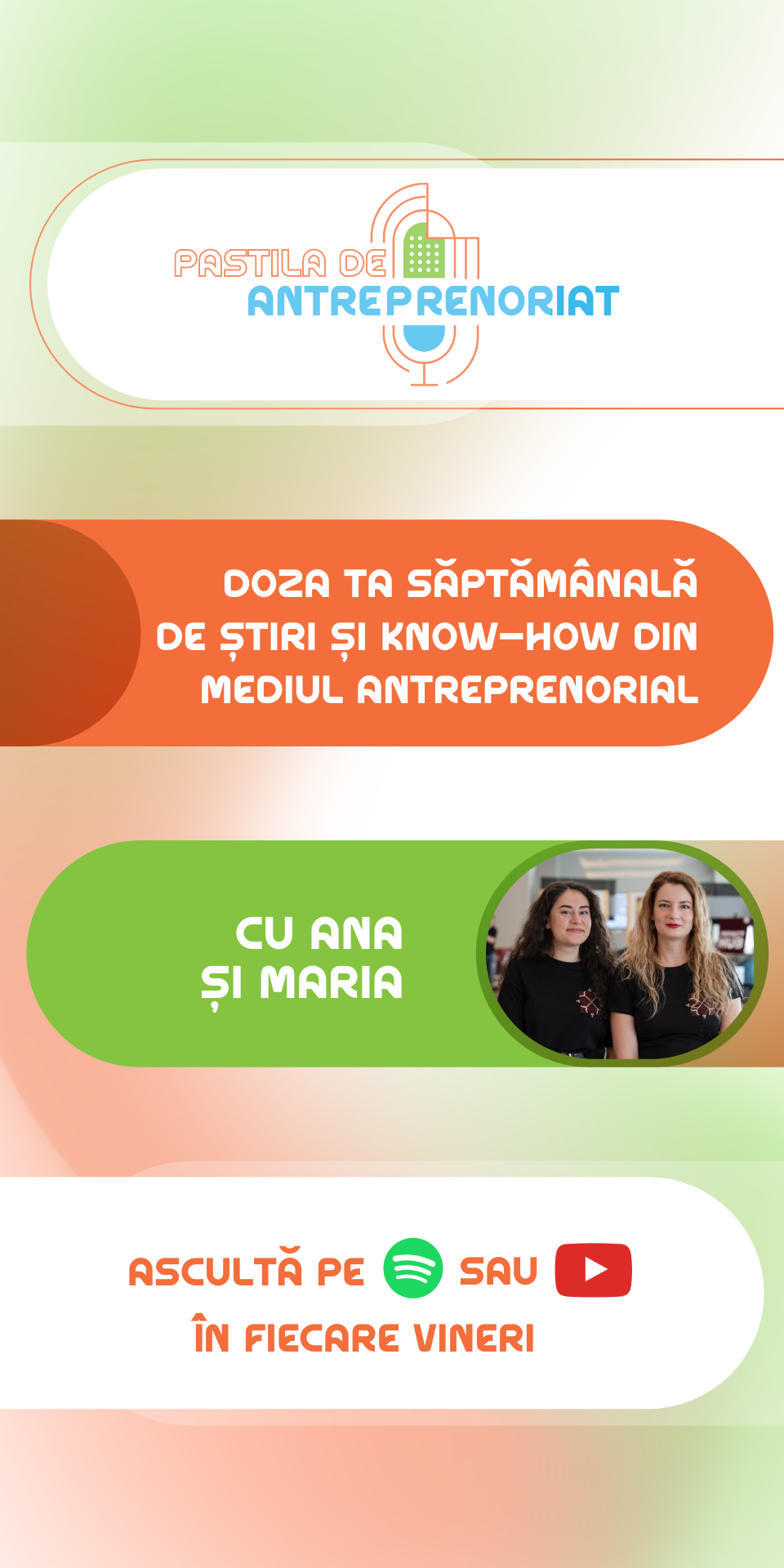If you produce any type of creative or artistic work, there are some things you should know about the legal side of your activity. When you work with clients or suppliers you should use your contracts as ways to make sure that everyone knows their obligations and rights, as well as the terms of the agreed upon project.

In this article you will understand a bit more about the things you should pay attention to, as well as the terms that will help you develop satisfying partnerships and projects. First things first – contracts.
Carefully read & understand every contract that comes your way
Even if that’s the usual saying, there are no ”standard” contracts – each collaboration you establish or work that is commissioned to you should have its own individual contract that regulates it and its terms. You should know that you have every right to ask for clarifications or adjustments if there are things that sound vague to you – always point out the parts that don’t seem fair or that sound like potential issues in the future.
Make sure that all you agreed on is in the contract
Let’s say that you were hired by a PR firm to create some illustrations for one of their clients. All the terms of your agreement should be featured there – from concept, to the delivery dates or the number of individual works you promised to create, and to their obligations as well. How will your work be used and where it will be used should also be mentioned. Make sure nothing you’ve discussed is missing and that you are not missing the section dedicated to intellectual property – are you licensing or assigning your copyrights?
Usually it is recommended you work with a lawyer who can advise you and point out potential problems or inaccuracies in the contracts you use.
What about the terms you should know?
The essential terms refer to copyrights and how others can or cannot use your work. Here are some of them you should know in the beginning.
- Copyright – this is what protects original creative works (from written work to music, visual arts and cinematography or even software). As the creator, you automatically own the rights to that specific work, however there are cases when additional legal protection is needed. The works must have a tangible form (written, visual, filmed etc.) - if you’ve shared an idea verbally with a friend, well, that cannot be copyrighted.
- Intellectual property - is a type of property that includes intangible creations of the human intellect.
- Trademark - the purpose of a trademark is to protect certain words, graphic symbols, phrases or designs that are specific to a certain business. That’s why whenever we talk about branding we also talk about checking thoroughly if the name, logos or taglines or other elements we chose are already being used by another business or organization. Otherwise, you risk lawsuits and losing the time and resources you invested in creating your brand.
- Copyright assignment – this describes the transfer of copyright ownership rights (from the creator to another party – like a content creator giving their client / employer the rights of what they have written). Assignments can also have specific amounts of time when they’re valid and are not necessarily valid forever.
- Copyright license – this means that you, the creator of a type of creative work, give permission to someone else to use some of your copyrights, while you are still the owner of the copyrights.
- Non-disclosure agreements (NDAs) - they are a specific type of contract that establishes a confidential relationship between parties. They are useful because many times clients share sensitive information about their business with their partners and collaborators, so they need to have a safety net that regulates the non-disclosure of specific information before actually doing so.
- Royalty – this is a payment made to an artist, for example (or even a company), for the use of their copyrighted works. The music we hear on the radio, for example, is paid for by royalty.
- Derivative work – this is a work that uses to a high extent elements from an original work (which the creator of the derivative work does not own). Creators who want to protect derivative works may however have a hard time doing so – usually the only elements accepted are those added to the original, and no necessarily the entire work.
- Copyright infringement – this happens when someone who’s not been given the permission uses the creative work of someone else. One of the most common forms of copyright infringement is nowadays the use of digital photos on websites that don’t have the license to do that.
- Copyright Reproduction Rights – they refer to the right of the copyright owner to be the only one who can reproduce the work or to give others permission to reproduce it. For example, it is illegal to sell art prints of an photographer’s work if they haven’t given the permission to do so.
- Orphan work – a creative work whose owner / creator is not identifiable or cannot be found.














